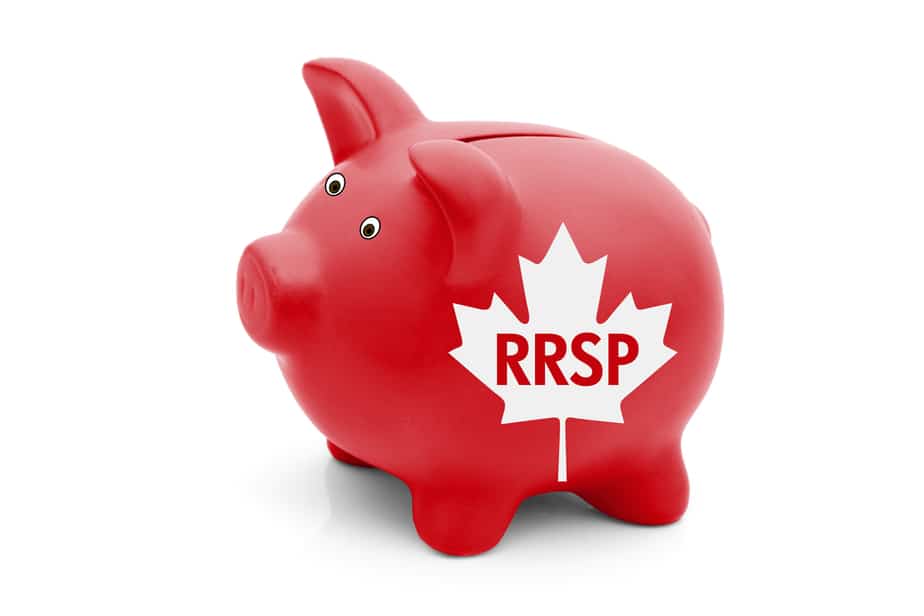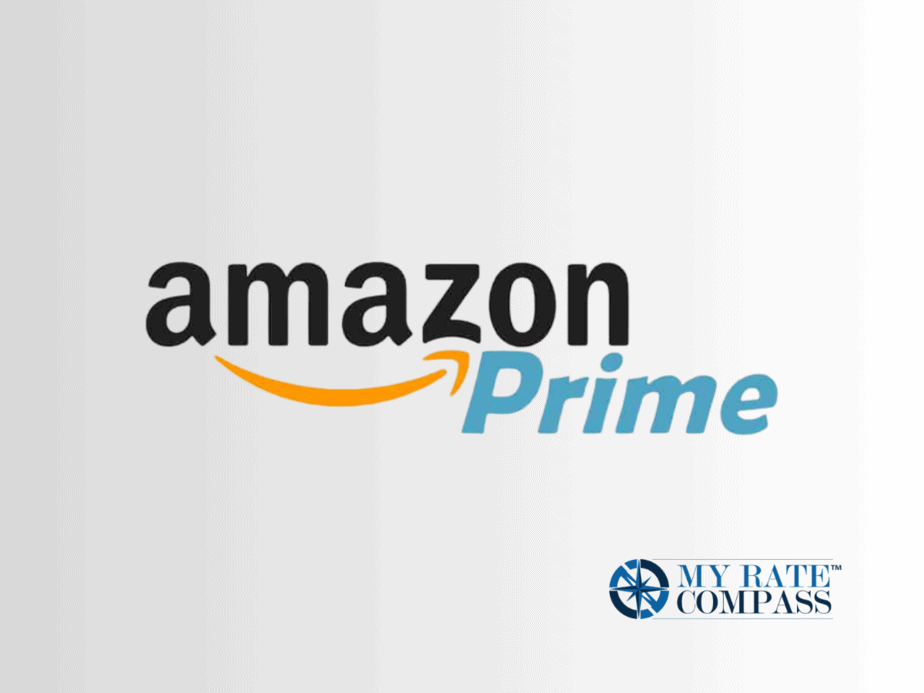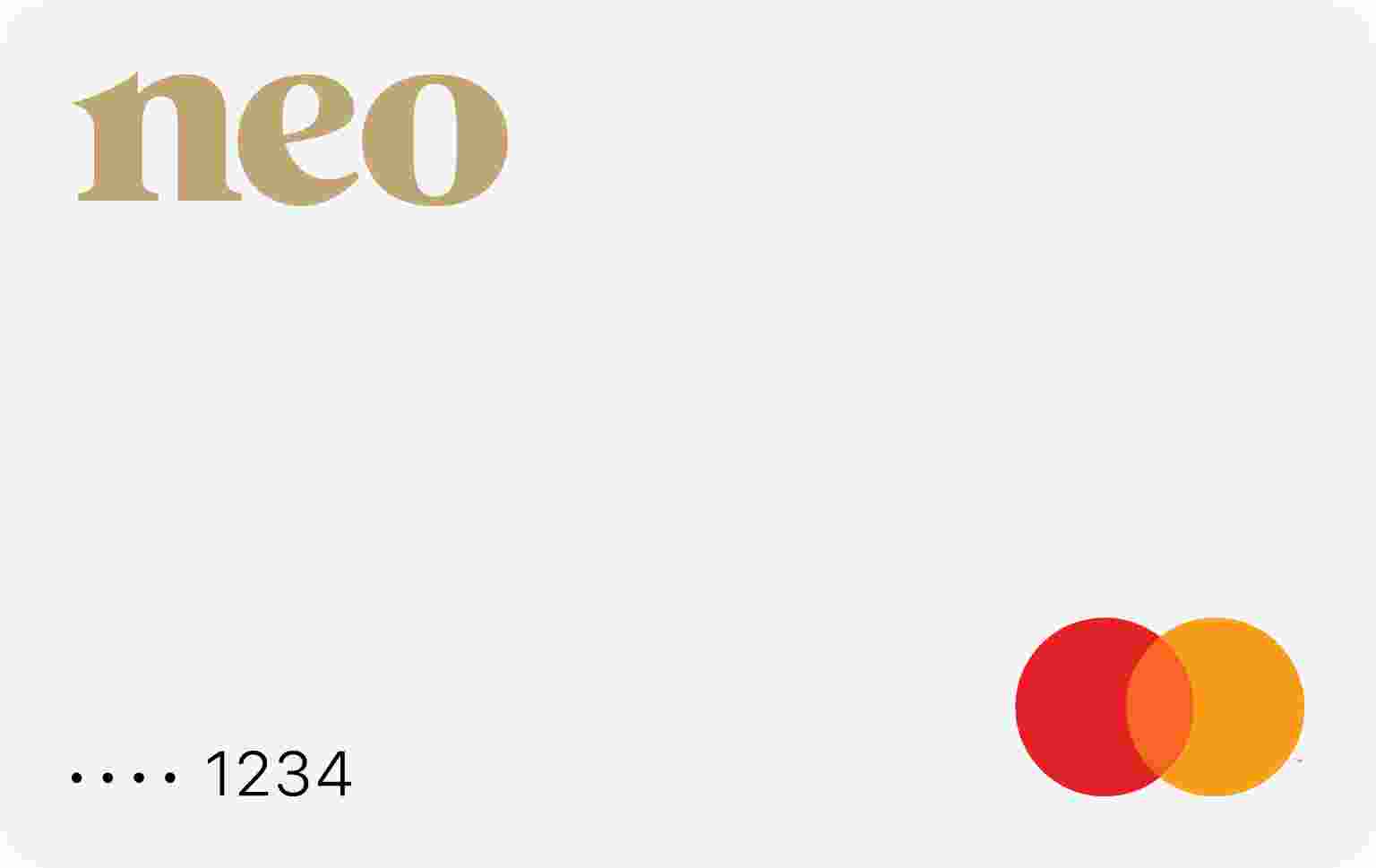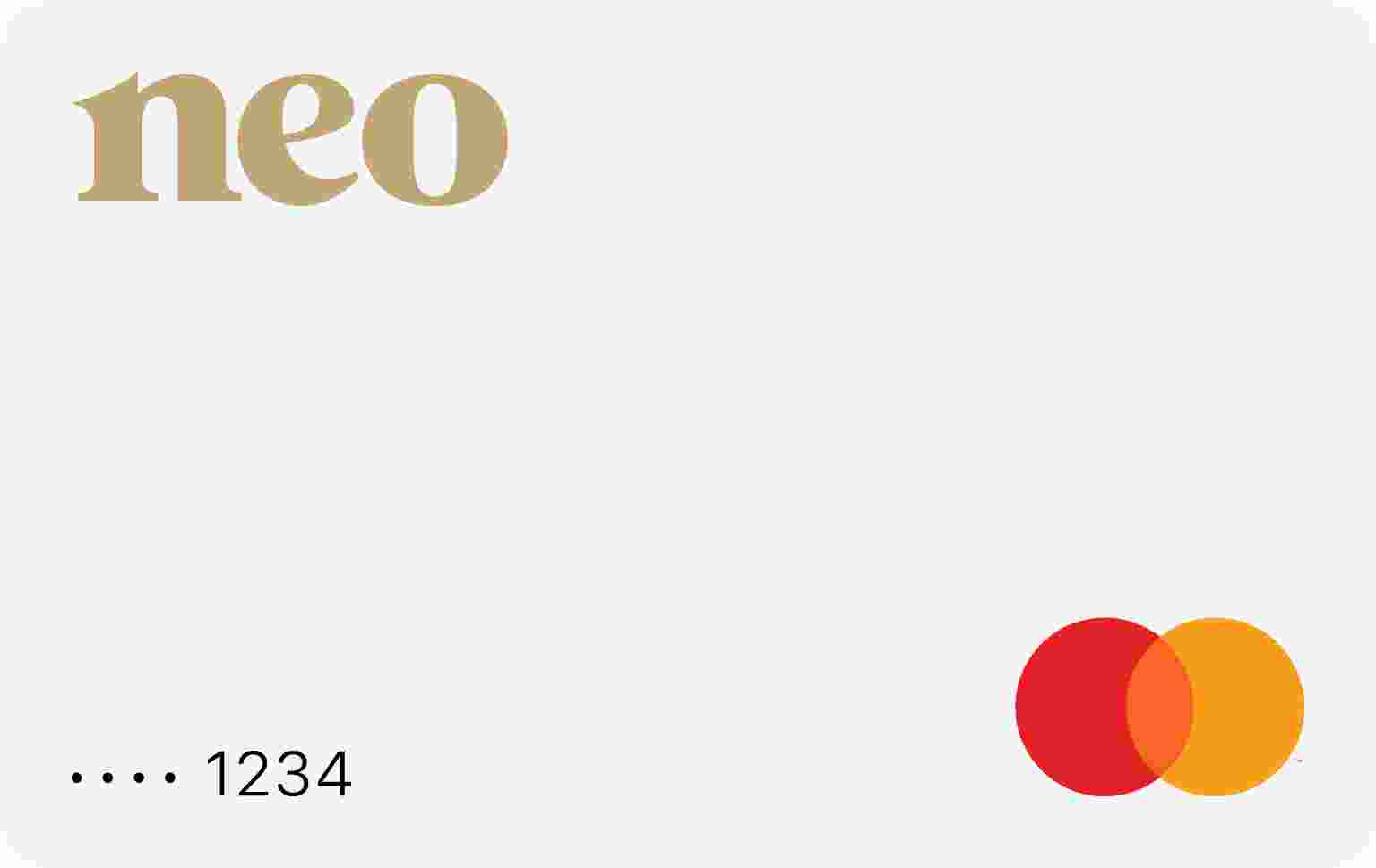Chances are you don’t want to work for the rest of your life, who does? Planning for retirement involves saving money to support your retirement which can be done through various saving plans.
In Canada, there are two common terms for these savings plans: Retirement Savings Plan, or RSP for short, and Registered Retirement Savings Plan, or RRSP for short. The terms RSP and RRSP are often used interchangeably despite the fact that they are not quite the same thing. No wonder you’re confused by these terms! To navigate through the confusion of retirement savings plans in Canada, continue reading below.
What is an RSP?
RSP stands for Retirement Savings Plan. An RSP is a broad term used to describe any savings account that is intended for retirement savings. RRSPs are a type of RSP and there are a few others that fall under the broad scope of an RSP which will be discussed below.
What is an RRSP?
RRSP stands for Registered Retirement Savings Plan and it is registered with the government of Canada. The account allows you to save for retirement and all investment income earned within the account is tax free. Many types of accounts can be held within an RRSP such as savings accounts, GICs, bonds and stocks. Investment income earned from these assets within your RRSP are completely tax free. In addition, contributions to your RRSP are deductible for tax purposes. In other words, the amount you contribute to your RRSP reduces your income for tax purposes by the same amount.
The only drawback to an RRSP is the amount that you are allowed to contribute is limited and withdrawals are taxed exorbitantly. The Canada Revenue Agency (CRA) determines how much individuals can contribute each year which is typically around 18% of your previous year’s earnings. If you don’t use all your contribution room in a year, it’s carried forward to the next year.
Secondly, when you withdraw from an RRSP before you retire, you are subject to intense withholding taxes. Be sure not to contribute to an RRSP unless you’re sure you won’t need that money for something else in the short term. Once your money is in an RRSP, it should stay there until you retire! There are exceptions to this rule, for example the Lifelong Learning Plan (LLP) and the Home Buyers Plan (HBP). These exceptions allow individuals to withdraw a certain amount from your RRSP tax free to help you pay for post-secondary education or your first home purchase.
Finally, when you turn 71, you must convert your RRSP into a RRIF which stands for Registered Retirement Income Fund. When you withdraw from a RRIF, the amount is subject to income tax in that year, even when you’re retired.
Other Canadian Retirement Savings Plans
An RRSP is the most commonly used retirement savings plan, however, there are others available to you. Below are other savings plans individuals can use for retirement.
Tax Free Savings Accounts (TFSA):
A TFSA is essentially the exact same thing as an RRSP except that the savings can be used for any purpose, not just retirement. In addition, contribution and withdrawal activity within your TFSA do not have any tax implications.
Registered Pension Plan (RPP):
These are employer-sponsored or corporate pension plans that help their employees save for retirement. RPPs are part of your contribution room designated by the CRA. There are two types of RPPs, defined benefit and defined contribution.
Non-registered Account:
Any account that is not registered with the government, but is used for retirement savings, would be considered an RSP as well. These types of accounts do not come with contribution room, tax sheltering benefits or withdrawal rules.
Choosing an RSP
As a rule of thumb, RRSPs and TFSAs are the best savings accounts available to Canadians because of their significant tax advantages. It’s wise to use both accounts before considering using non-registered accounts to take advantage of the benefits. RPPs are also advantageous if your employer offers them. If you max out your contribution room, then you should consider using non-registered accounts.
It’s important to note that there is no best retirement plan that is ideal for every Canadian. In other words, there is no “one size fits all” retirement savings solution! It all depends on your financial goals and current financial situation. Using a combination of various savings plans is often recommended to allow the individual to take advantage of all offers simultaneously.






